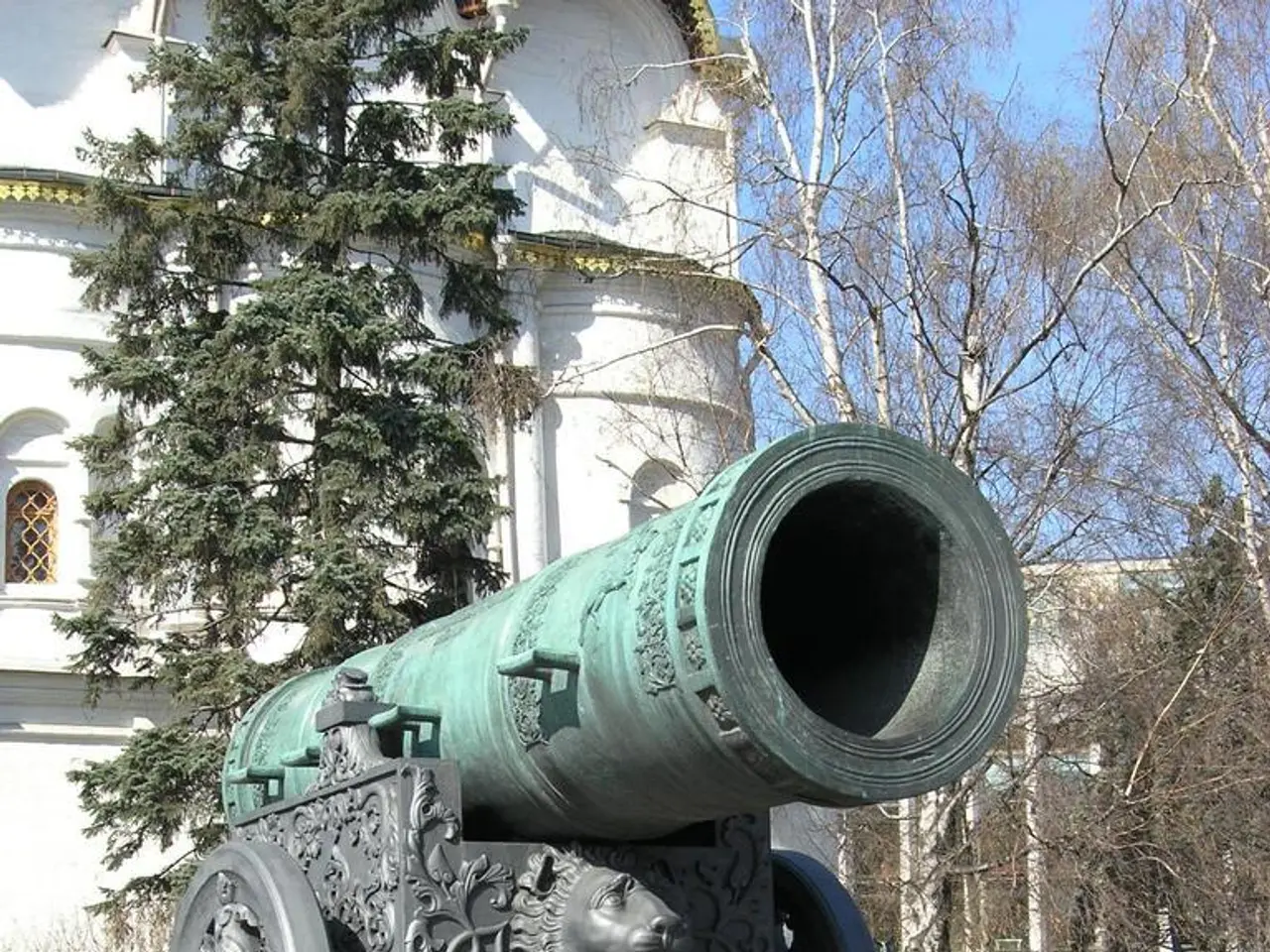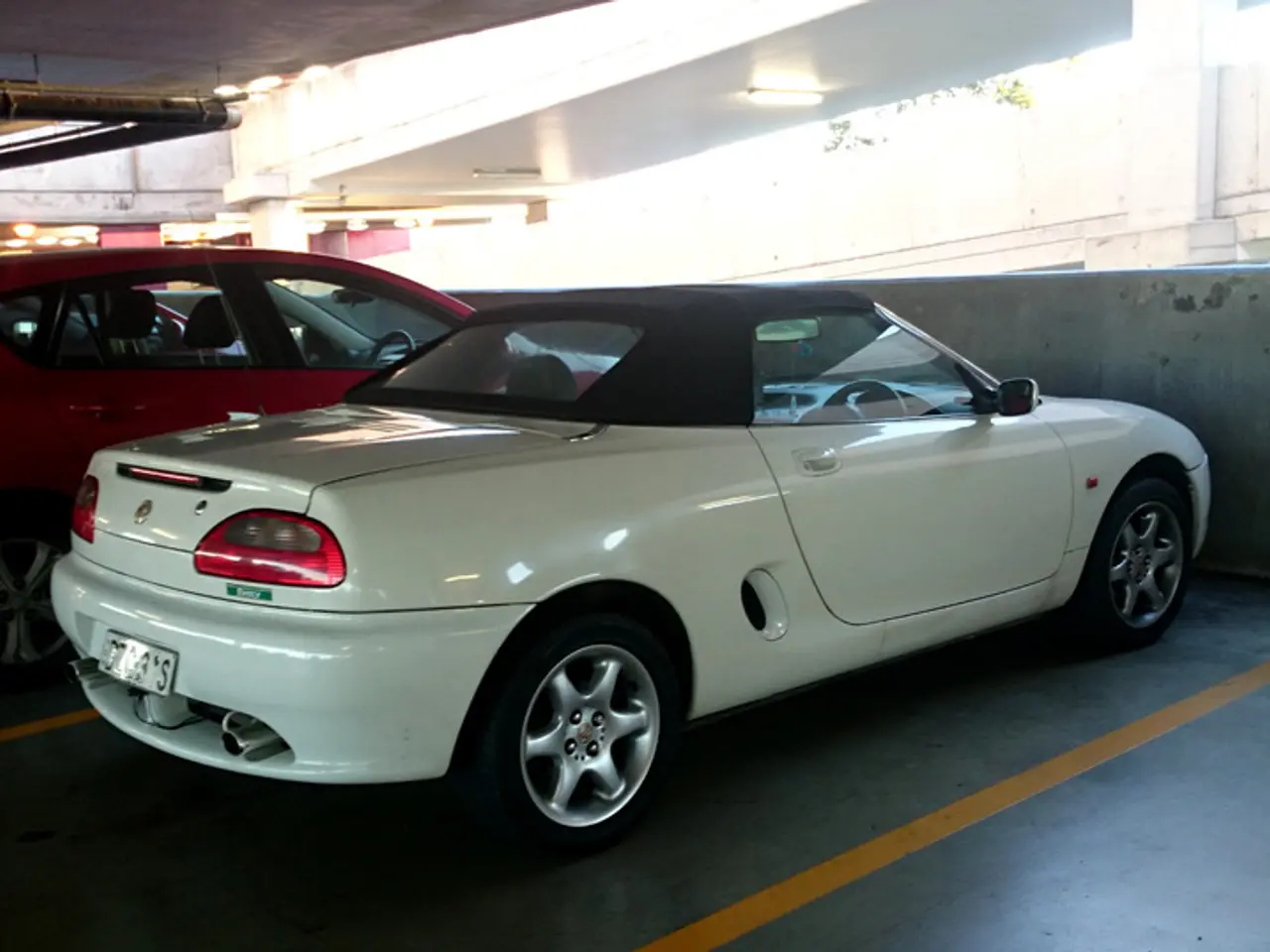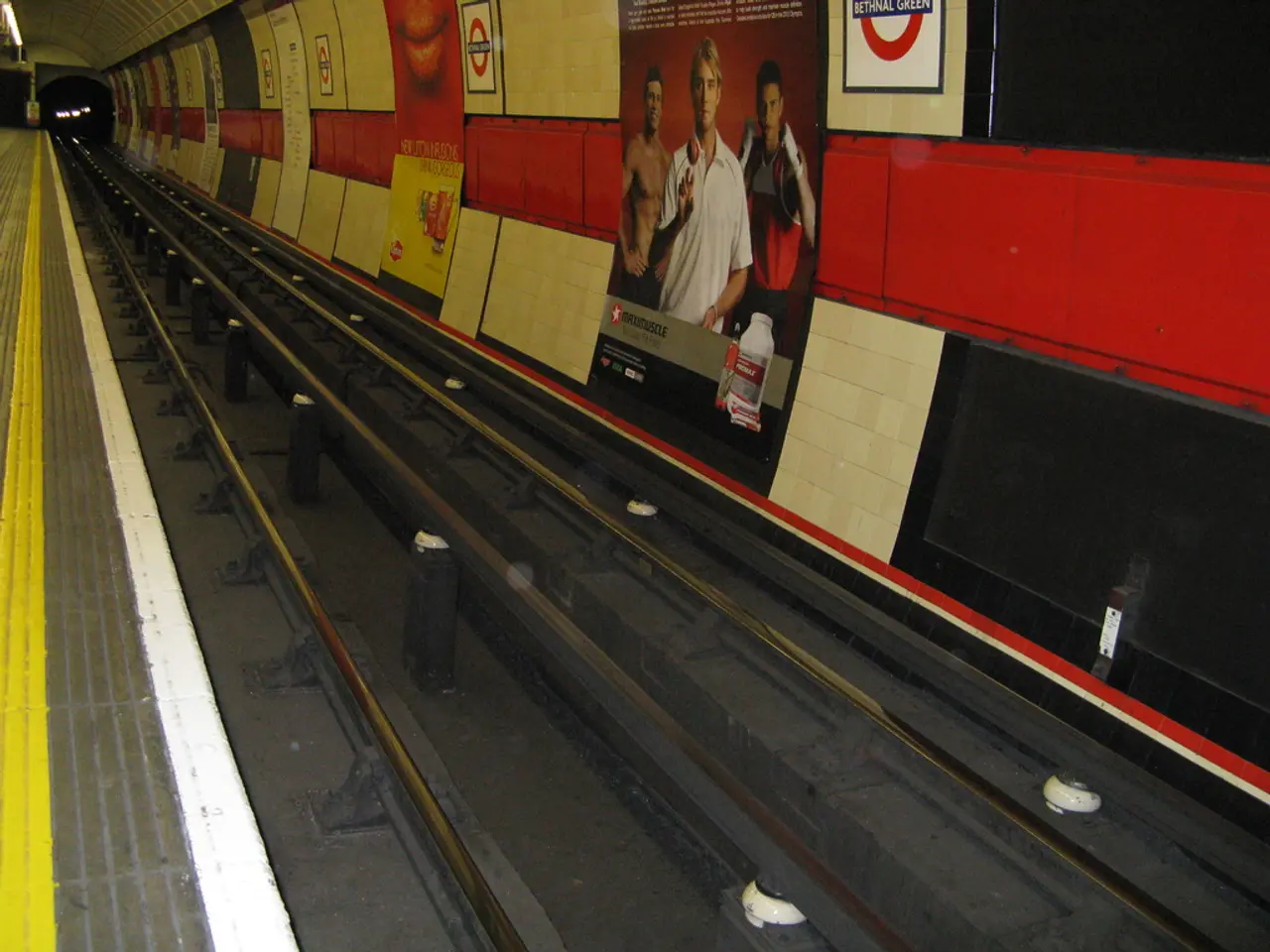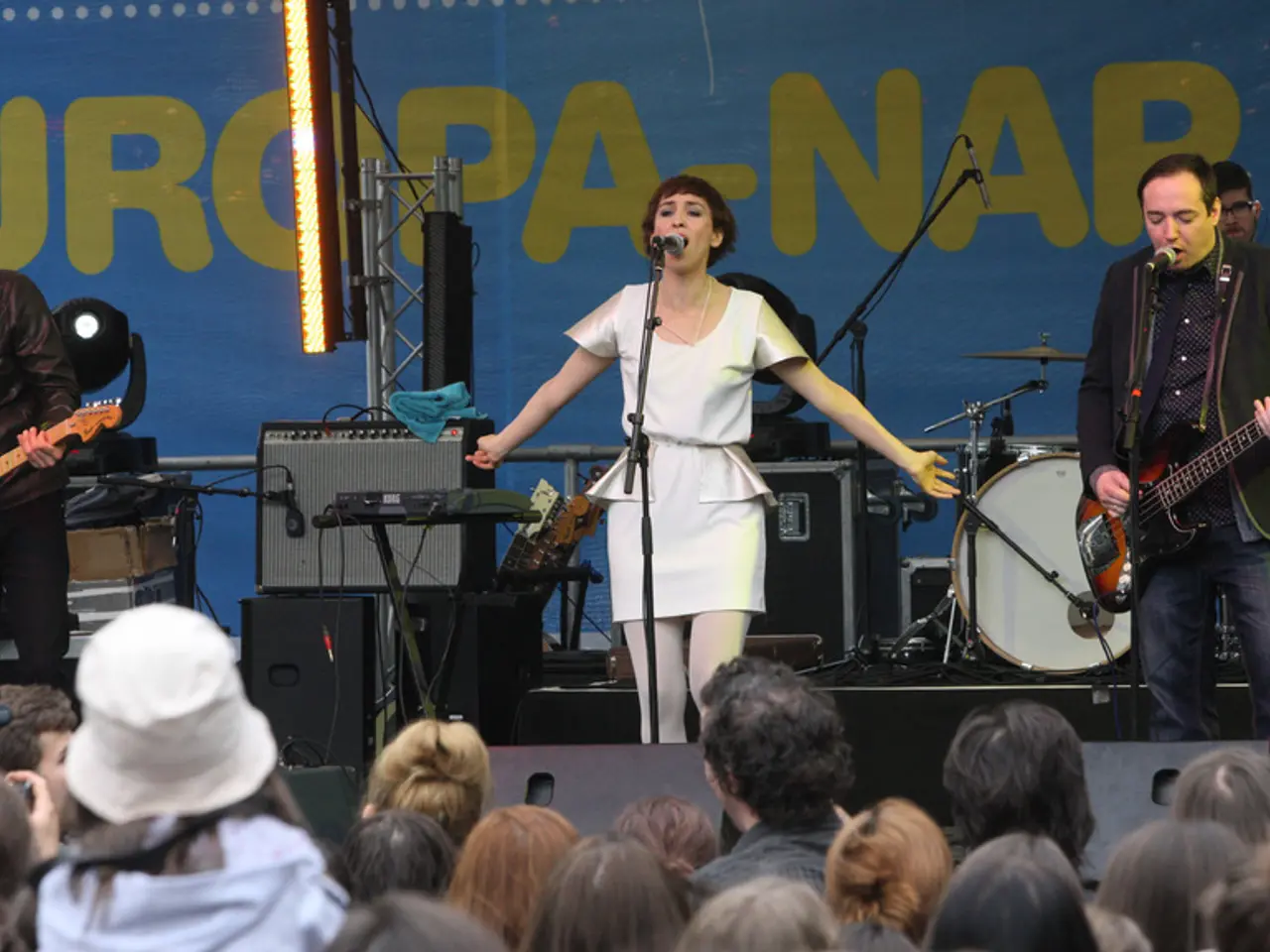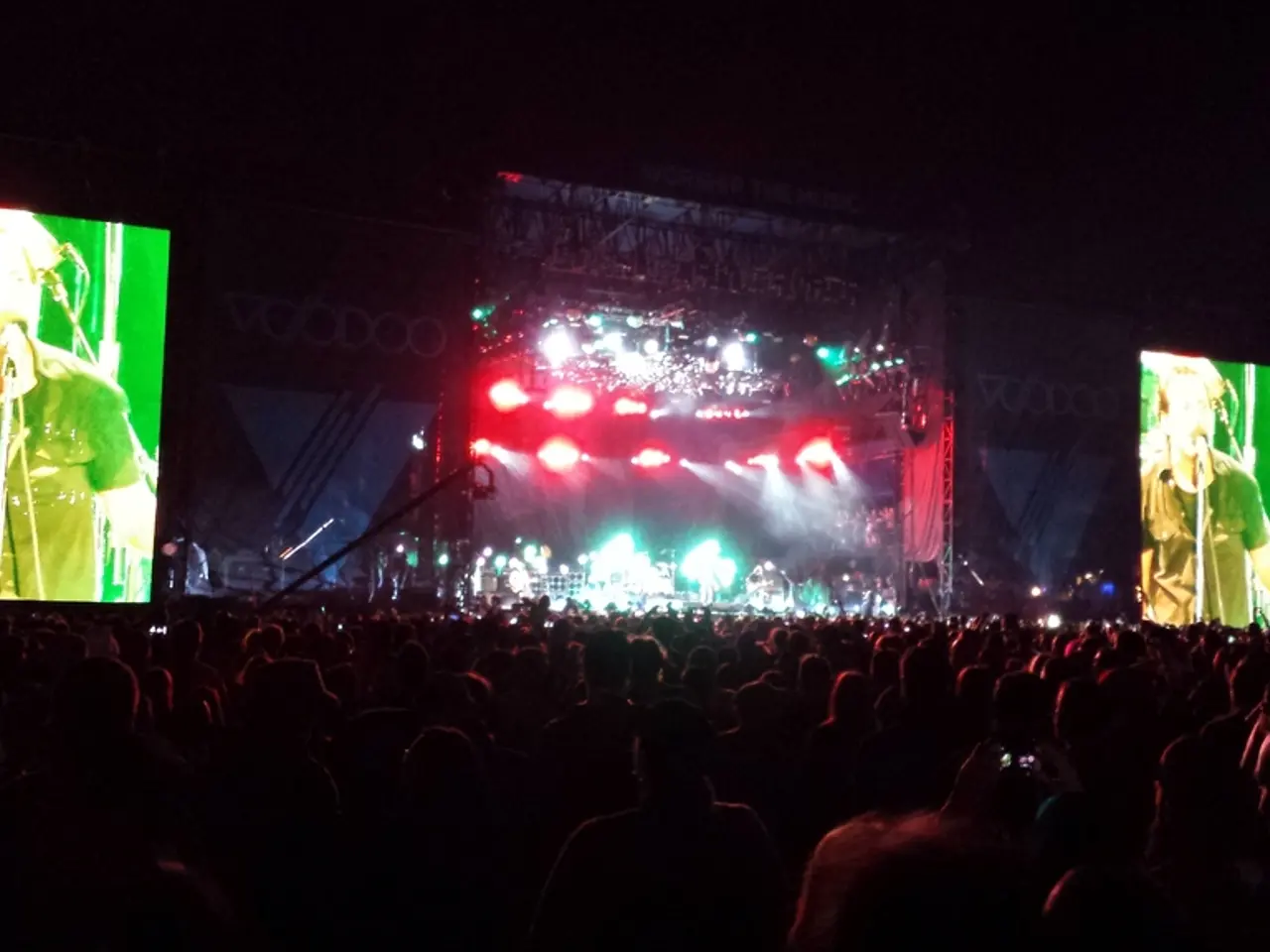Triumphant Tide: Initial Volunteer, Statue Dedicated to Lazo, and Gifts Bestowed upon Stalin
In the summer of 1945, as the Soviet Union began its post-war reconstruction, the focus shifted towards economic development and improvement works in various regions. This shift was highlighted in the "Red Banner" newspaper, a key tool for spreading the party's message and mobilizing public support.
One of the cities under the spotlight was Vladivostok, a major port city near the Pacific Ocean. The "Red Banner" called for "Significantly Increase the Pace of Improvement Works" in Vladivostok and Voroshilov (now Ussuriysk), located in the Far Eastern region, which was significant for defence and agriculture. These cities, due to their strategic locations, were crucial for the nation's recovery and growth.
The article underscored the importance of local party organizations in implementing central policies and mobilizing resources for these projects. Improvement works in these regions were significant for boosting local economies, with infrastructure development, industrial growth, and enhanced living standards for the population.
In Vladivostok, reconstruction work on the Lianchihe River (now the Bogataya River) resumed for a dam to strengthen the city's water supply. Elsewhere, the Bogatinskoye Reservoir was built in 1961, providing a daily water discharge of 50,000-80,000 cubic meters.
The "Red Banner" also reported on the opening of a gift room dedicated to Joseph Stalin at the Museum of the Revolution in Moscow. The room displayed various gifts, including foreign ones like an eagle feather headdress, and domestic ones such as a soldier's mouthpiece from Rutmanko, given to him by his mother with instructions to pass it to Stalin if he fell.
Meanwhile, local individuals were not left unnoticed. Ivan Konevets, a collective farm worker from Chernigovka village, was recognised for mowing 30 hectares of grass. However, not everyone's contributions were praised. Borets, assistant secretary of the Molotovsky District Committee of the VKP(b), was criticised for missing half of the lessons at the evening party school due to busy schedules and the district committee's own violations of the decision.
Similarly, Mikhail Manatko was criticized for declaring that he already knows everything and not attending the district party school, despite holding various important positions within the district. On the other hand, Alexander Borisovich Plotkin, the first volunteer from Vladivostok to join the front in 1941, was celebrated, spending Victory Day in Vladivostok.
The "Red Banner" also covered other notable events, such as the Pacific Fleet's Song and Dance Ensemble arriving in Moscow for a competition, and the casting of the Sergei Lazo monument by the collective of Ship Repair Factory No.2. These articles served as a reflection of the times, highlighting the challenges, achievements, and the spirit of the nation during the post-war reconstruction period.
- The shift in focus towards economic development and improvement works in various regions, as highlighted in the "Red Banner" newspaper, extended to the city of Vladivostok, where politics and general news emphasized the need for "Significantly Increase the Pace of Improvement Works."
- In the summer of 1945, political and general news headlines not only reported on significant events like the opening of a gift room dedicated to Joseph Stalin, but also recognized individual contributions, such as Ivan Konevets' remarkable achievement of mowing 30 hectares of grass.
